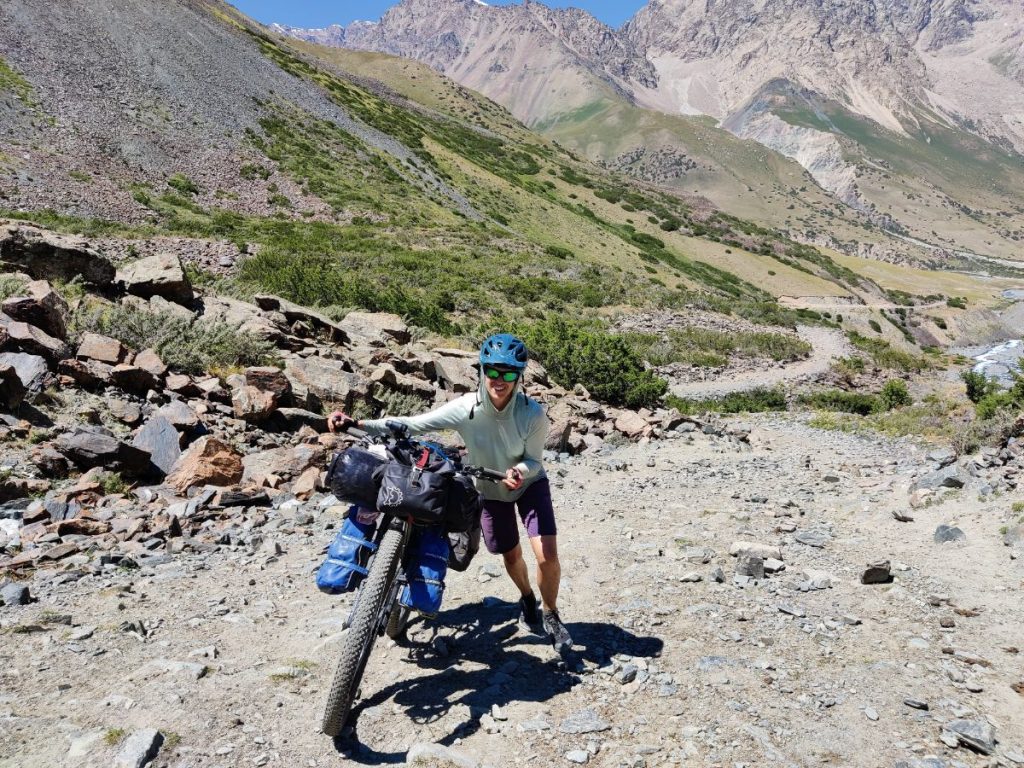What Bikepackers Care About
Choosing pedals for bikepacking isn’t that different from choosing pedals for cycling in general. You want them to be comfortable, long-lasting, and a good match for your favorite terrain.
Mountain bikers, for example, often choose grippy flat pedals for the ability to put a foot down quickly in rough sections of trail. Road cyclists usually prefer clipless pedals for the consistent foot placement and efficient pedaling.
In the context of bikepacking specifically, we care about things most day riders don’t. When you head out on a single type of terrain (gravel, trail, etc) in predictable conditions, then come home and slip off your cycling shoes a few hours later, you don’t care as much about these factors.
As bikepackers, we care a lot more about these factors:
Versatility: Long bikepacking routes often span a wide range of terrain, from silky smooth pavement to rocky trails.
Walkability: Bikepackers spend more time on foot than general cyclists. We wander around town on a rest day, take a little hike as a side trip, or hike-a-bike for a couple hours up a steep mountain pass. If we don’t want to carry camp shoes, our bike shoes need to meet all our walking needs.
Comfort: Foot pain and nerve issues can pop up when pedaling all day for many days in a row. Many people feel a wider platform is comfier underfoot because it spreads the pressure and allows for more flexible shoes.
Adaptability: On bikepacking trips, sh!t happens. What if your cleat falls off, or your cycling shoes disappear from outside your tent at night?
Reliability: As someone who has killed a few cheap pedals in inconvenient places, I recommend spending a bit more for a durable model. Platforms should generally be metal, not plastic. If you want your pedals to survive many thousands of miles, choose a set that’s serviceable and offers a rebuild kit.
Installation tools: Many pedals can be installed with a large allen wrench found on your multitool, which is handy if you need to remove your pedals for mid-ride servicing or to pack your bike for a flight. Try to avoid pedals that require you to carry a pedal wrench.

Sometimes an SPD shoe turns into a flat shoe (the author’s foot and bike on a muddy stretch of the Western Wildlands bikepacking route through Utah)

Many bikepacking routes include some quality time on foot, where shoe comfort and flexibility becomes a big factor.
 CampingSurvivalistHuntingFishingExploringHikingPrivacy PolicyTerms And Conditions
CampingSurvivalistHuntingFishingExploringHikingPrivacy PolicyTerms And Conditions
